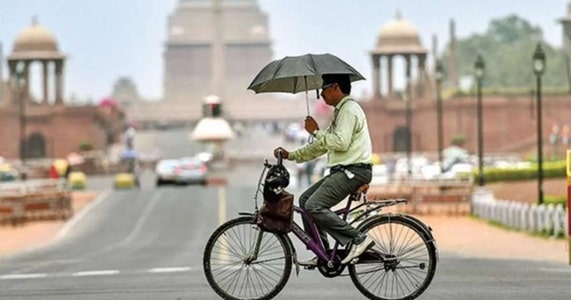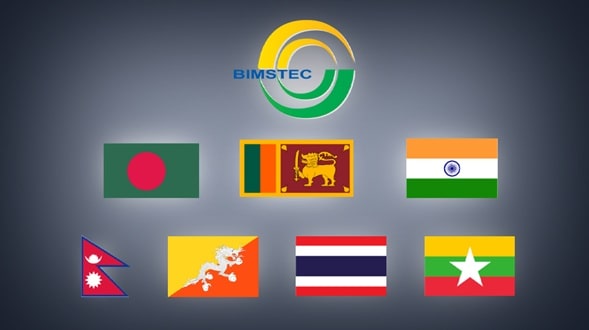India experienced its hottest May in 36 years in 2023, according to the India Meteorological Department (IMD). This unprecedented heatwave has drawn attention to the growing impacts of climate change in the region, with significant deviations from historical temperature averages observed across the country.
Unprecedented Temperature Records
May 2023 saw average temperatures soaring across several states, with 18 states and union territories recording temperatures 2°C to 3°C above normal. The pre-monsoon season (March to May) was particularly noteworthy, with the maximum temperatures in many regions significantly exceeding the historical norms.

Contributing Factors: Climate Change and Weather Patterns
Meteorologists attribute the abnormal temperatures to a combination of climate change and specific weather patterns. The increase in greenhouse gas emissions has been a major driver of global temperature rise, which has had direct impacts on regional climates. Additionally, the occurrence of more frequent and intense western disturbances — weather systems originating from the Mediterranean region — has influenced local weather conditions, contributing to unseasonal rainfall and temperature fluctuations in northern India.
Regional Disparities in Weather Events
The impacts of this heatwave have varied significantly across different regions. For example, while northern India experienced record-breaking temperatures, Delhi recorded its coolest May in 36 years due to unusually high rainfall. The city received 111 mm of rainfall, which is 262% higher than the long-term average, attributed to the increased frequency of strong western disturbances.
Extreme Weather Events and Their Implications
The extreme heat in May is part of a broader trend of increasing extreme weather events in India. In 2023, the country also experienced its second warmest year on record since 1901, with notable heatwaves in both April and May. The IMD predicts that the number of heatwave days will continue to rise, with significant implications for public health, agriculture, and water resources.
Heatwave Impact on Different States
States such as Rajasthan, Madhya Pradesh, and Gujarat saw an increase in the number of heatwave days by about 5-8 days, while other regions like Punjab, Haryana, and Uttar Pradesh experienced an increase of about 2-4 days. The eastern part of India, including West Bengal and Odisha, recorded its hottest April on record, exacerbating the heat conditions in May.
Future Projections and Preparedness
The IMD has issued warnings for above-normal heatwave days in the coming months, indicating a need for heightened preparedness and adaptive measures to cope with the adverse effects of rising temperatures. With climate models predicting further warming, it is crucial for policymakers and communities to implement strategies to mitigate the impacts of heatwaves and ensure the resilience of vulnerable populations.
This analysis highlights the pressing need to address the root causes of climate change while adapting to its inevitable impacts. As India continues to experience record-breaking temperatures and extreme weather events, coordinated efforts at national and global levels will be essential to safeguard the future.

